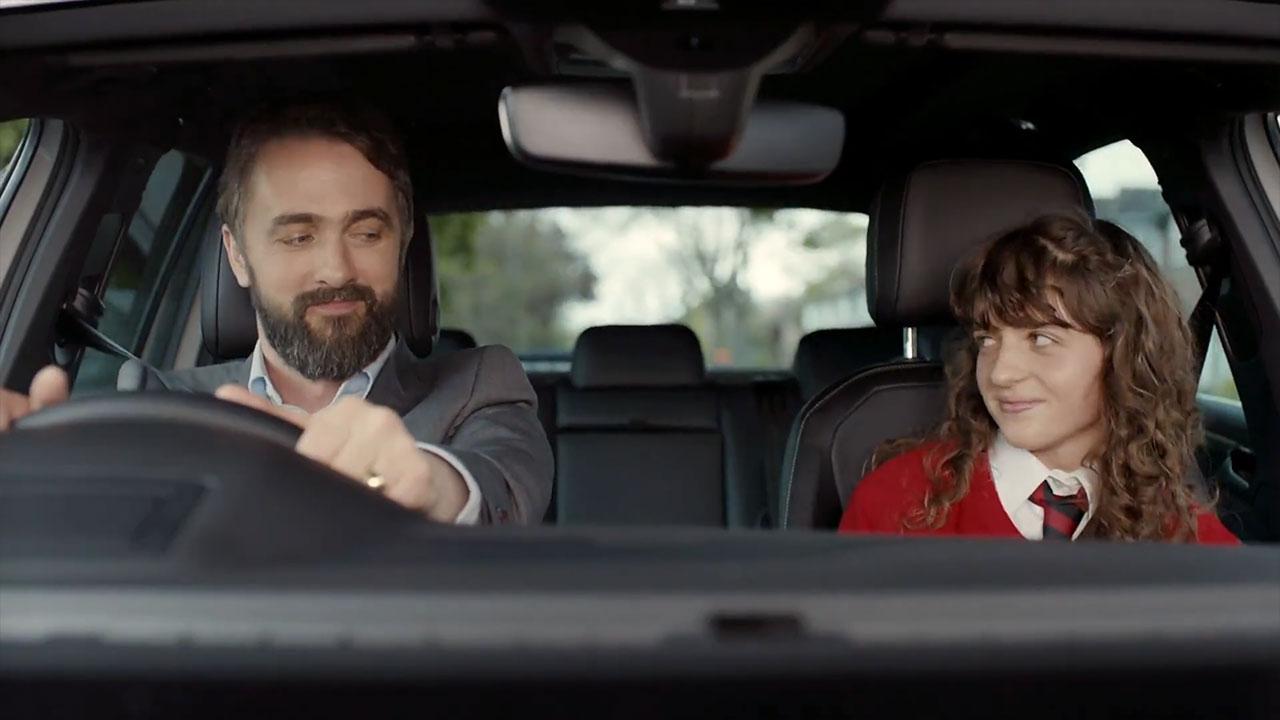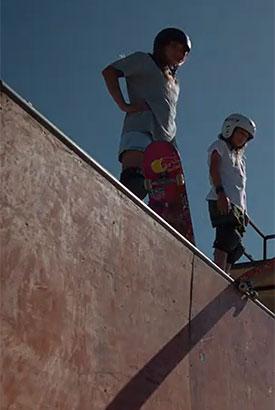2023 has been the year where we’ve placed creativity at the forefront, it’s already been proven to be the most powerful driver of advertising profitability within our control. At Thinkbox, we dedicated a whole event to it, launching ‘Cracking Creativity’ in June 2023, with Paul Dyson presenting the effectiveness drivers of ROI in ‘The Power of Creativity’ and industry insights from Laurence Green in ‘From Good to Great’. We also launched a refreshed update from Neuro-Insight for ‘Creative Drivers of Effectiveness’ which explored the key creative factors that can make a difference to the impact of TV ads.
Using the findings from ‘Creative Drivers of Effectiveness’, we’ve uncovered examples of automotive brands who have utilised the techniques to ensure effective creative execution.
The background:
As a reminder, the analysis conducted by Neuro-Insight builds on the 2016 iteration. The study analysed brain responses to 150 TV ads (2019-2023) to explore the link between TV advertising creativity and memory. Neuro-Insight’s Steady State Topography (SST) was used to gather data and examined long-term memory factors including detailed encoding and global memory encoding. Focusing on long-term memorability, personal relevance, and emotional impact, Neuro-Insight explored metrics that are crucial for memory and purchase behaviour.
The analysis revealed five key creative factors that can make a difference to the impact of TV ads on our brains:
1.Showcase your product, don’t shout – weave your product into the narrative
Despite encountering advertising in our daily lives, our brains have a built in ‘ad blocker’ which develops during adolescence to avoid perceived threats. To overcome this ‘blocker’, integrating products into the narrative boosts ad memory and personal relevance. This technique creates x1.4 more peaks of strong brain responses throughout the ad than when there is an overt focus on the product, enhancing brand recall.
This technique can be seen in Land Rover’s ‘Above and Beyond’ and Volkswagen ‘Bring back the energy'
Land Rover: Above and Beyond
Volkswagen: Bring back the energy
2. People are paramount
Human nature is rooted in emotions and the desire for connections. Neuro-Insight's analysis emphasises the significance of human focus in advertising success. Ads with people generate more impact, consistent with earlier findings. Such ads were 15% more relevant and led to 24% stronger memory encoding during final branding compared to those without people. Centring an ad's narrative around a person fosters audience connection and engagement, facilitating deeper involvement from the audience.
This can be seen in Volkswagen Tiguan ‘Cool Dad’ and Volkswagen Polo ‘Father & Daughter’.
Volkswagen Tiguan: Cool Dad
VW Polo: Father & Daughter
3. Utilise your brand assets
A great creative knows how to tell a good story. For advertising, the brand should be intrinsic to the story of an ad, not incidental to it, with brand cues interspersed throughout the narrative as seen in Škoda ‘Purr and Grrr’ and Honda ‘Robot’.
Škoda: Purr and Grrr
Honda: Robot
The analysis discovered that integrating brand colours amplified emotional impact (+9%). The brain associated cues, leading to stronger responses at the end of the ad if the brand is subtly woven throughout. Utilising brand elements subtly merges branding with the narrative, making the final brand reveal feel harmonious and congruent, enhancing positive emotional outcomes.
4. Give audio a clear role – use music to drive action
Certain brands have thrived by leveraging their soundtracks. Music profoundly influences an ad's mood and tone. Given that hearing is an always-on sense, utilising audio to its full extent is important. Neuro-Insight found that ads with music driving the action prompted more memory peaks and emotional impact. This gives a brand more opportunity to deliver the intended impact in comparison to not using music or using a passive background track.
This can be seen in Škoda ‘A lot goes into the all-new Škoda Fabia’ and Honda ‘The Impossible Dream’ where the ads utilise music to drive the narrative forward.
Škoda: A lot goes into the all-new Škoda Fabia
Honda: Impossible Dream
5. Impact is in the timing – having final branding on screen for longer drives the strongest impact
Timing the end branding in ads is crucial due to how the brain processes information in chunks.
Conceptual Closure occurs when the brain perceives an ending to a narrative, temporarily reducing receptivity as the brain processes and stores information. It is important to time on-screen branding to happen before Conceptual Closure starts, not whilst it is happening.
The time series chart below shows the second-by-second response of an ad. The y-axis demonstrates the strength of brain response in terms of Long Term Memory Encoding (LTME), whilst the x-axis is the time in seconds. The top dotted line is the Neuro-Insight benchmark line – their academic research has proven that above this level indicates strong levels of brain response and memory encoding.
The chart demonstrates Conceptual Closure in action. The majority of the ad is the narrative development, leading on to the narrative end where Conceptual Closure is triggered and responses fall sharply. When this occurs, the brain is unresponsive to new information for a few seconds as it stores information. If final branding coincides with the Conceptual Closure period, the brain’s low receptivity might cause brand messages to be overlooked as it doesn’t allow for recovery time.
As a result, the study found that extended on-screen branding (3 seconds or more) in ads delivered greater impact: with significantly higher levels of memory (+3%), emotion (+11%), and relevance (+11%). Essentially, ensuring that Conceptual Closure isn’t triggered directly before branding moments or key messages and having branding on screen for a few seconds longer can help ensure impactful final branding. Brains prefer easy comprehension and seek simplicity in ads. Therefore the end of an ad is important.
Examples of automotive ads that use this technique include Suzuki ‘Good Different’ and Škoda Fabia ‘Full of lovely stuff’.
Suzuki: Good Different
Škoda Fabia: Full of lovely stuff
In summary
Whilst there isn’t a clear formula for creativity, we can harness the captivating insights from neuroscience and collate a range of techniques to implement. Automotive advertisers are already utilising some of these techniques, and this study gives us additional fuel power to maximise the opportunity to create and produce memorable and effective ads.
For more insight from Creative Drivers of Effectiveness, check out the full research write up or for a copy of the full PowerPoint presentation alongside the advertiser videos examples, please drop an email to research@thinkbox.tv
 Thinkbox
Thinkbox

